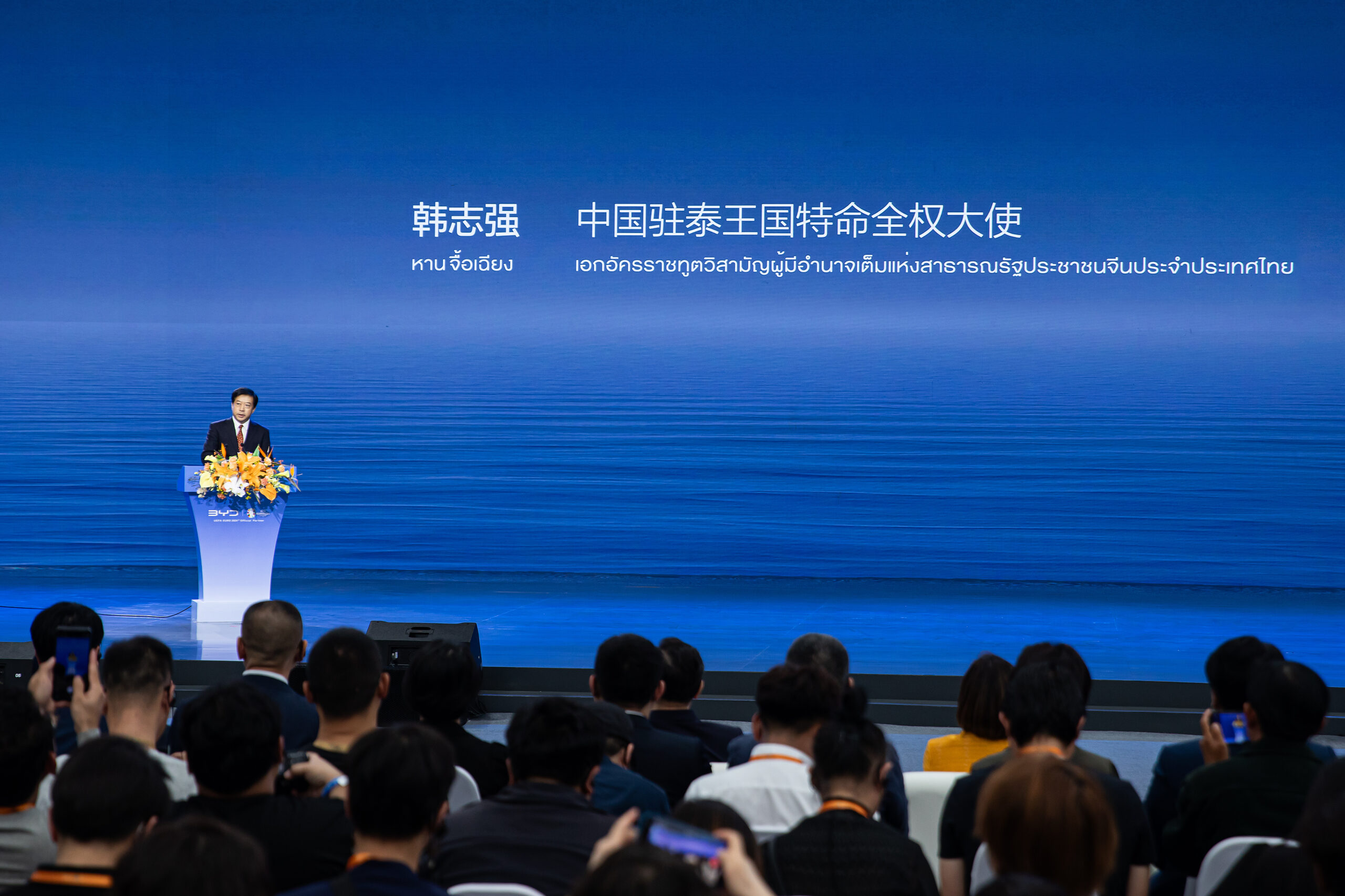After years of disinterest, energy security concerns and the push for net zero are leading investors to bet on nuclear power.
Markets soured on nuclear following the Fukushima Daiichi nuclear power disaster in March 2011, but the push toward net zero, rising global energy insecurity, and growing appetite for next generation reactor technology is restoking interest.
Uranium spot prices, a barometer for investor interest in nuclear power, rose by 55% between January and October.
Prices fell steadily following the Fukushima disaster in 2011 but have begun a gradual turnaround from a low in 2016 and currently hover at the highest point since January 2008, according to data by Cameco, the world’s largest publicly traded uranium company.
Uranium spot prices stood at $74.38 per pound at the end of October, based on month-end prices published by nuclear research companies UxC and TradeTech, up from just $18 in October 2016 and $47.68 at the end of 2022, Cameco said.
“Ongoing geopolitical events coupled with the global focus on the climate crisis have created what we believe are transformative tailwinds for the nuclear power industry, from both a demand and supply perspective,” Cameco said on their website.
Nuclear necessity
A monthly report by Bank of America’s Research Investment Committee (RIC) in May focused on what it called ‘The Nuclear Necessity’ and forecast a 20 to 40% upside on uranium and nuclear power after a decade of underinvestment.
“From the raw matter to the end user, [Bank of America] global analysts are bullish,” the report says after declaring a third bull market for uranium.
Global demand for nuclear has grown with 60 new reactors being built, 100 more approved and plans for old reactors to be refurbished, and this adds to the positive investor sentiment, the bank said.
Resource nationalism, energy security, war and inflation echo the nuclear build-out of the 1970s and ‘80s, it said.
“Every analyst I spoke to was bullish on prospects for nuclear power as a technology that’s clean and meets the kinds of goals that so many policymakers are eager to hit in terms of reducing emissions,” says Bank of America Investment and ETF Strategist Jared Woodard.
There are plentiful supplies of uranium for nuclear power, in theory, but current supplies are tight, adding to the attraction for investors, he says.
The nuclear industry includes something for both sides of the political spectrum. According to Woodard, environmentally conscious progressives are drawn to the low emissions capacity of nuclear while conservatives like the national energy security aspect.
Global policymakers who were less focused on nuclear as an option just 10 years ago are changing their attitudes, especially since the start of the Russian invasion of Ukraine, he says.
Policymakers in countries such as the United States, China and Japan are starting to include the prospect of nuclear power as one of the “workhorse providers” in their forecasts for the future in order to achieve the goals they’re focused on and “because other sources won’t be feasible to hit those goals,” he says.
The Bank of America report also highlights some of the more mature companies operating in the nuclear space, including reactor developers such as BWX Technologies, power plant operators such as Vistra and Constellation, nuclear exchange-traded funds (ETFs) such as URA and Global X Uranium ETF, and miners, such as Cameco.
The report steers clear of some of the new, advanced reactor companies but Woodard says those startups are being watched and analysts have been especially impressed by the participation of big names from other industries, such as Bill Gates and CEO of OpenAI Sam Altman.
Advanced nuclear plants remain an investment for a longer timeframe, he notes.
“To get up to a production stage it still requires some risky capital to be committed so that’s something you have to be thoughtful about,” he says.
‘New’ technology
Investors excited by nuclear power in general are cautious of what advanced, generation IV reactors can bring to the table as the untested technology seeks regulatory approval and real-world demonstrations.
However, as investor interest grows, much of the upcoming technology could reach commercialization more quickly than many anticipate.
Many new advanced reactors are, mostly, based on old technological designs that have been built and operated in the past but not made it out of the national laboratories, according to Christine King, Director of the U.S. government’s Gateway for Advanced Innovation in Nuclear (GAIN).
Once new iterations of those plants are closer to being commercially deployed, investor interest will follow.
“Checking the boxes, meeting the commitments, and getting projects done is going to start to convert some of the risk averseness into real dollars and investment in projects,” says King.
Demonstration projects are being developed in the U.S. and individual states are signing up for nuclear power, both very positive signs for the industry, King says. Some 13 states are conducting feasibility studies for advanced nuclear projects, she notes.
The Bank of America study is just another example of a changing attitude toward nuclear.
“The [study] is seen as a good example of the market opportunity around nuclear energy and people are thinking about what the opportunities are here and whether they want to position themselves as an early adopter,” King says.
The changing attitude from within the investment community could be a major turnaround for a technology that has struggled in the past to raise funds at a reasonable rate of return amid consumer resistance and uncertain legislation.
“You see this grassroots energy, from not just the innovators but from the investors as well,” says Bo Feng, Group Manager for Reactor and Fuel Cycle Analysis at the Argonne National Laboratory.
“They understand that something like this doesn’t pay off until it produces electricity, but there is a market for this, and so it’s really an exciting time to be in nuclear.”
Based in Toronto, Canada, Paul writes about nuclear power and hydrogen. Paul began his career as a journalist in Mexico City covering the power industry, economics, and fiscal policy for Market News International, the Financial Times, the Economist, and local English-language publications. In the early 2000s, Paul moved to Madrid, Spain where he worked for Reuters as macroeconomic and political correspondent.
Share This:



